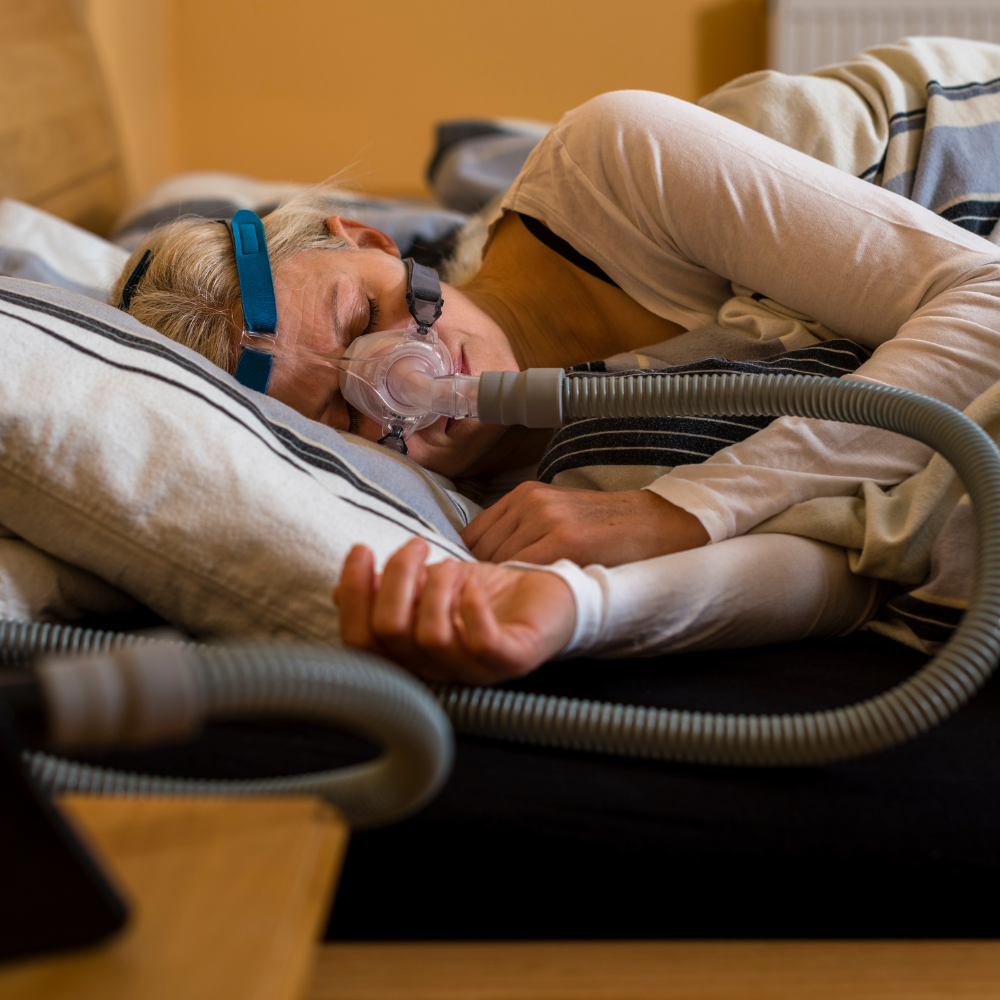Understanding Obstructive Sleep Apnea: Historical Insights, Medical Discoveries, and Modern Treatments

- Author: Craig Fox
Obstructive sleep apnea (OSA) has been affecting millions of people from all walks of life. Patients suffer from either partial or complete breathing obstructions while sleeping. Its impact on the human body can be massive. Potentially damaging the person’s overall well-being.
As time progresses, our understanding of the causes of this disorder have widened. Sleep apnea has been affecting people even in the early 20th century. Early physicians notice symptoms like loud snoring and daytime sleepiness.
Sleep Apnea – Historical Perspective
The recognition of sleep apnea dates back to ancient times, as evidenced by descriptions of symptoms resembling the disorder in ancient Egyptian medical papyri. Sleep apnea has become a distinct field of study not until the 20th century. This century leads to advancements in the understanding and treatment of sleep disorders.
In the mid-20th century, Dr. William C. Dement made remarkable contributions to sleep science, earning him the title as “father of sleep medicine.” He also co-authored a paper that documented the first case of sleep apnea.
As sleep medicine progressed, ongoing research and technological advancements deepened our understanding of sleep apnea and its impact on health. Researchers discovered that the collapse of the upper airway during sleep was the primary cause of sleep apnea.
This breakthrough led to the development of continuous positive airway pressure (CPAP) therapy. CPAP therapy has transformed the management of sleep apnea. It has improved the quality of life for individuals with the condition.
Obstructive Sleep Apnea – Contributing Factors
Numerous factors contribute to the collapse of the upper airway in individuals with OSA.
Obesity
Obesity can potentially alleviate symptoms of sleep apnea. Excess weight can lead to the accumulation of fat deposits around the neck and throat. This can potentially block the airway causing disruptions while sleeping.
Anatomical Abnormalities
Anatomical abnormalities, such as enlarged tonsils, a deviated septum, or a smaller jaw structure, can also contribute to airway collapse. Additionally, the relaxation of muscles responsible for maintaining airway patency, particularly during sleep, can further exacerbate the condition.
Genetics
Research studies have investigated the complex interplay between genetic factors, anatomical features, neural control of upper airway muscles, and the regulation of sleep and breathing.
The identification of potential treatment targets has been a significant focus of scientific research. Interventions targeting obesity and weight loss have been shown to alleviate OSA symptoms and reduce its severity.
Obstructive Sleep Apnea – Diagnostic Tools
Polysomnography has revolutionized the diagnosis of sleep apnea, enabling a comprehensive assessment of an individual’s sleep patterns and physiological parameters. This sophisticated sleep study involves the simultaneous monitoring of various vital signs and bodily functions during sleep.
Electrodes placed on the scalp measure brain activity, allowing sleep specialists to identify different sleep stages and analyze the sleep architecture.
Eye movements are also monitored using electrodes placed near the eyes. These measurements help identify rapid eye movement (REM) sleep, a stage associated with vivid dreaming and important for memory consolidation and emotional processing.
Muscle activity plays a vital role in sleep assessment. Electrodes attached to the chin and limbs monitor muscle tone and detect episodes of muscle relaxation or limb movements during sleep.
Respiratory parameters, including airflow and respiratory effort, are assessed using sensors placed near the nose and mouth. These sensors detect the movement of air and changes in pressure, enabling the identification of apneas (complete cessation of airflow) and hypopneas (partial reduction in airflow).
Obstructive Sleep Apnea – Treatments
Continuous Positive Airway Pressure (CPAP)
The introduction of continuous positive airway pressure (CPAP) therapy in the 1980s was a groundbreaking advancement in the treatment of sleep apnea, specifically obstructive sleep apnea (OSA). This innovative approach has revolutionized the management of the condition, transforming the lives of millions of individuals worldwide.
CPAP therapy involves the use of a specialized mask connected to a machine that delivers a continuous flow of pressurized air to the airway during sleep. The pressurized air acts as a gentle pneumatic splint, effectively keeping the upper airway open and preventing its collapse or obstruction.
Furthermore, CPAP therapy has been shown to have a positive impact on various associated health conditions.
V-COM for CPAP – A Revolutionary Breakthrough in CPAP treatment
V-Com, a revolutionary innovation by renowned sleep scientist Dr. William Noah, was meticulously crafted to alleviate the intensity of peak inspiratory airflow experienced by individuals with sleep apnea who rely on CPAP, APAP, or bi-level PAP machines.
CPAP machines are the most effective treatment for sleep apnea, but many patients struggle to use them long-term due to the high inspiratory airflow, increased pressure, and noise. V-Com for CPAP is a new device that helps to soften the airflow and reduce the noise, making CPAP therapy more comfortable. This can help patients to adhere to CPAP therapy and get the restful sleep they need.
Best of all, V-Com doesn’t change the effectiveness of CPAP treatment.
Living with Obstructive Sleep Apnea – Lifestyle Modifications
Weight loss is often recommended for individuals with OSA. Excess weight contributes to the tightening of the upper airway. Doing simple exercises such as walking, or running can help shed some fats off of your body.
Regular exercise is beneficial for overall health and can also help manage OSA. Physical activity improves cardiovascular fitness, aids in weight management, and strengthens respiratory muscles.
Avoiding alcohol and sedatives, particularly close to bedtime, is crucial for individuals with OSA. These substances relax the muscles, including those in the throat, increasing the likelihood of airway obstruction during sleep.
Maintaining a regular sleep schedule is another important lifestyle change that can benefit individuals with OSA. Going to bed and waking up at consistent times helps regulate the body’s internal clock and promotes better sleep quality.
Sleeping in a side position, rather than on the back, can be helpful in managing OSA.
Conclusion
We now have a better understanding of the impact of OSA to our health, thanks to medical research and advancements! Experience better sleep with a CPAP, BiPAP, and V-COM for CPAP. Lifestyle modifications may also help you fight this disorder.
Ready to get started?
Optimize and improve your sleep apnea treatment with V-ComTM, no prescription required!
30 Day Money-Back Guarantee
